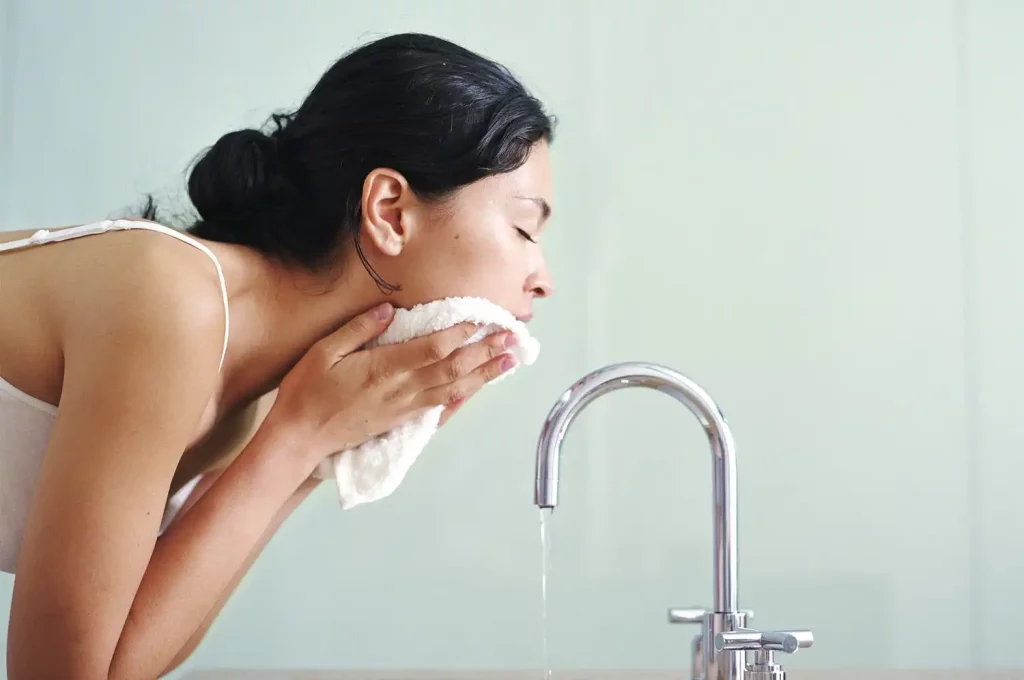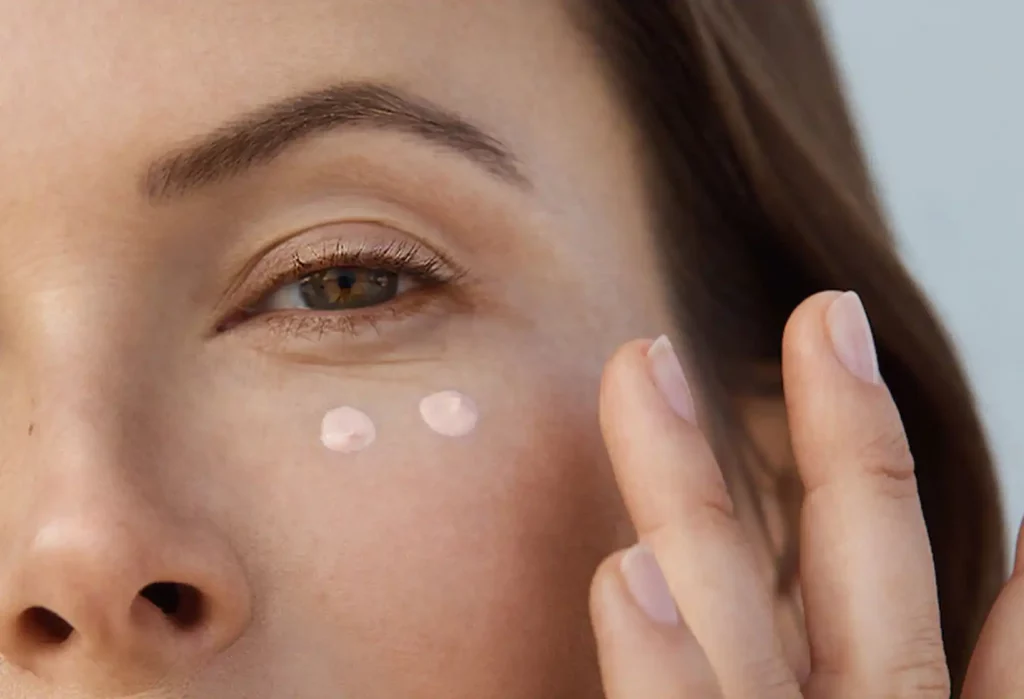In the quest for radiant, healthy skin, a well-crafted morning skincare routine serves as the cornerstone. Our comprehensive guide unveils the essential steps tailored to enhance your skin’s natural glow and vitality.
Cleansing: The Foundation of Your Routine

Kickstart your morning skincare ritual with a gentle yet effective cleanser formulated to remove impurities accumulated overnight. Opt for a cleanser suited to your skin type – whether it’s oily, dry, or combination – to ensure a clean canvas for the subsequent steps.
Exfoliation: Revitalize and Renew
Exfoliation eliminates dead skin cells, unveiling a fresh, luminous complexion. Incorporate a chemical exfoliant containing alpha or beta hydroxy acids to refine texture and promote cell turnover. Use sparingly, as over-exfoliation can lead to irritation and sensitivity.
Hydration: Nourish and Protect
Hydration is paramount for maintaining skin health and vitality. Apply a hydrating serum infused with antioxidants to combat free radicals and environmental stressors. Follow with a lightweight moisturizer enriched with SPF to shield against harmful UV rays and prevent premature aging.
Targeted Treatments: Address Specific Concerns
Integrate targeted treatments into your regimen to address individual skin concerns effectively. Whether targeting fine lines, dark spots, or blemishes, select products enriched with potent ingredients such as retinol, vitamin C, or niacinamide for optimal results.
Eye Care: Brighten and Depuff

The delicate skin around the eyes requires specialized care to minimize puffiness and diminish dark circles. Incorporate an eye cream enriched with peptides and caffeine to hydrate, brighten, and rejuvenate the under-eye area for a refreshed appearance.
Mermaid Syntax Diagram
Elevate your morning skincare routine with our expert insights and product recommendations tailored to unlock your skin’s natural radiance. By following these meticulously curated steps, you’ll embark on a journey towards healthier, more luminous skin that exudes vitality and confidence.
Importance of Consistency
Consistency is key to maximizing the efficacy of your skincare routine. Commit to performing these steps diligently each morning to nurture and maintain optimal skin health. Consistency fosters long-term results, allowing you to reap the benefits of a radiant complexion.
Dietary Considerations

In addition to external skincare practices, don’t overlook the significance of internal factors in achieving radiant skin. A well-balanced diet rich in fruits, vegetables, and lean proteins provides essential vitamins and nutrients that contribute to skin health. Stay hydrated by consuming an adequate amount of water daily to keep your skin hydrated and supple.
Lifestyle Habits
Beyond skincare and nutrition, lifestyle habits play a crucial role in preserving skin radiance. Prioritize adequate sleep to facilitate skin regeneration and repair processes. Minimize stress levels through relaxation techniques such as meditation or yoga, as chronic stress can exacerbate skin conditions and accelerate aging.
Professional Consultation
For personalized skincare guidance and tailored recommendations, consider consulting a dermatologist or skincare professional. They can assess your skin’s unique needs and provide targeted solutions to address specific concerns effectively. A customized approach ensures optimal results and empowers you to achieve your skincare goals with confidence.
Final Thoughts
In conclusion, mastering your morning skincare routine is a transformative journey towards radiant, healthy skin. By incorporating the essential steps outlined in this guide and adopting a holistic approach to skincare encompassing nutrition, lifestyle, and professional guidance, you’ll embark on a path to long-lasting beauty and confidence. Embrace the ritual of self-care, and revel in the radiance of your revitalized complexion.
Embracing Natural Ingredients
In your quest for radiant skin, consider incorporating natural ingredients into your skincare regimen. Many botanical extracts and plant-based oils offer potent antioxidant and anti-inflammatory properties, nurturing your skin from within. Look for products containing ingredients such as green tea extract, aloe vera, and rosehip oil to harness the power of nature for optimal skin health.
Sun Protection: A Non-Negotiable Step
No skincare routine is complete without adequate sun protection. Shield your skin from harmful UV rays by applying a broad-spectrum sunscreen with an SPF of 30 or higher daily. Reapply every two hours, especially if you’re spending extended periods outdoors, to safeguard against sun damage and premature aging.
Tailoring Your Routine to Seasonal Changes

Adjust your skincare routine according to seasonal changes to accommodate fluctuations in weather and environmental conditions. During colder months, prioritize richer, more emollient moisturizers to combat dryness and lock in moisture. In warmer weather, opt for lightweight, non-comedogenic formulas to prevent excess oil production and breakouts.
The Role of Regular Maintenance
Routine maintenance is essential for sustaining the results of your skincare regimen. Schedule regular skin check-ins to assess your skin’s condition and adjust your routine as needed. Pay attention to any changes or concerns and address them promptly to maintain a healthy, radiant complexion year-round.
Empowering Your Skin Journey
Ultimately, achieving radiant skin is a journey of self-discovery and empowerment. Embrace the process, celebrate small victories, and remain patient and consistent in your efforts. With dedication, education, and a commitment to self-care, you’ll unlock the full potential of your skin and radiate confidence from within.
Discover more skincare trends:
- What Order Should I Follow for My Skin Care Routine?
- Why would you want to apply sunscreen before your next TV viewing?
- Researchers Discover Promising Acne Treatment with Zero Side Effects
- Follow us on Facebook







